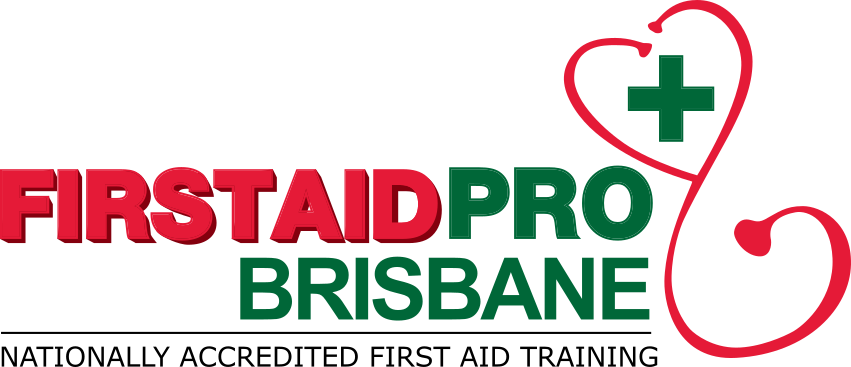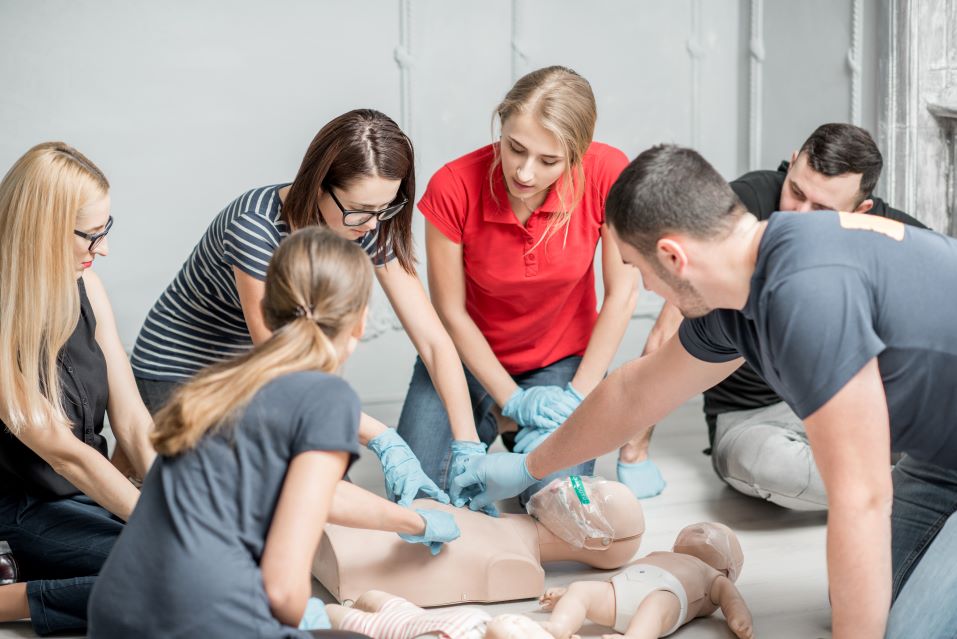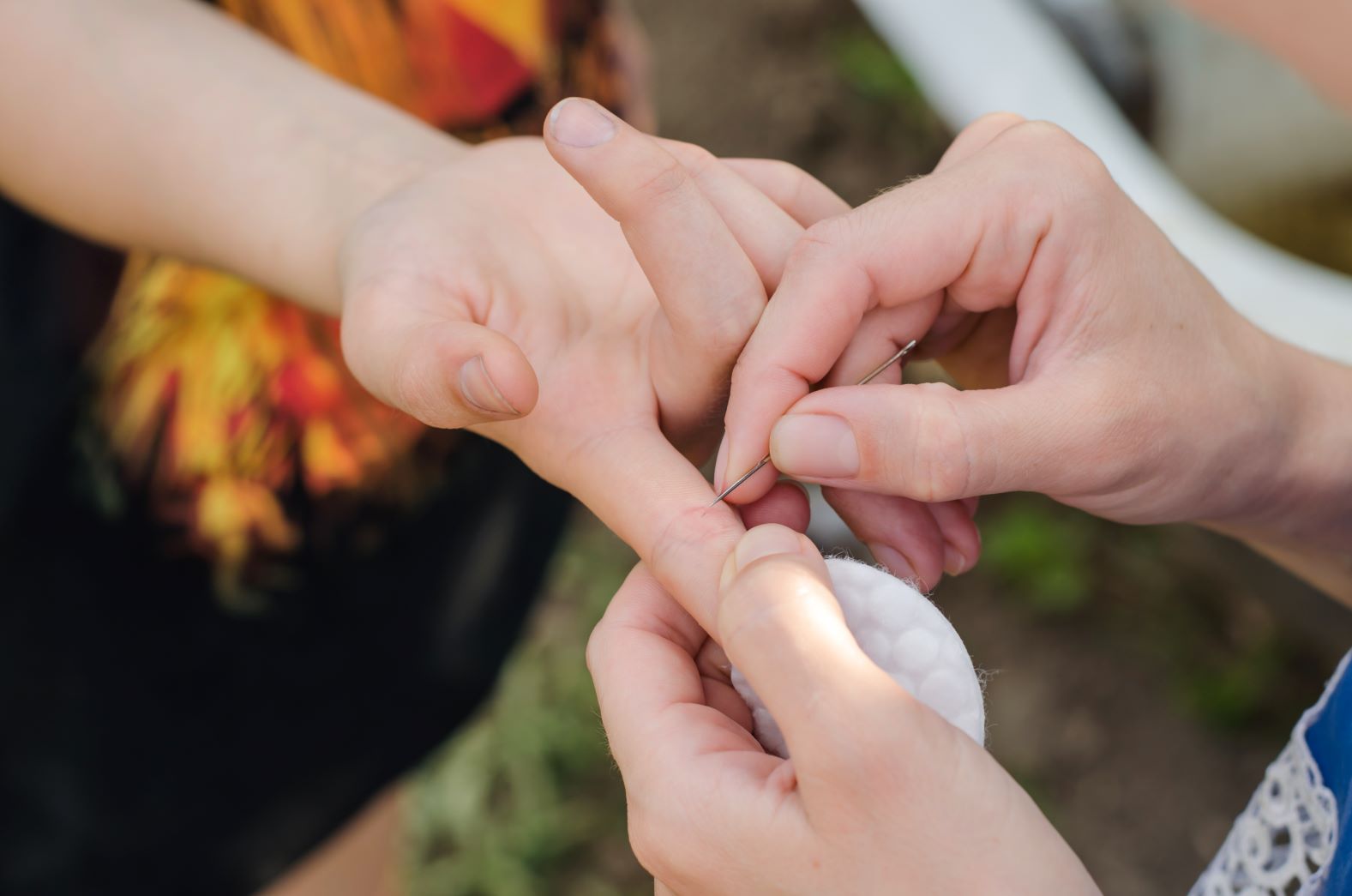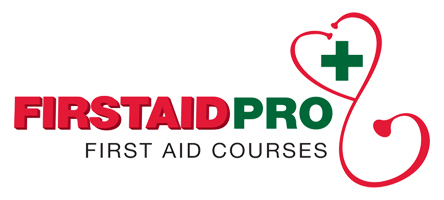Motor vehicle accidents continue to be one of Australia’s largest causes of death and injuries.
The annual road toll up reaches 1126 fatalities in the past year alone, with a 1.4 year-on-year increase in total. In addition, the latest available data shows that there were 39,755 hospitalisations relating to road-crash injuries.
Many more crashes occur every day involving minor injuries or damage to properties.
Therefore, knowing what to do after a motor vehicle accident is essential, whether personally involved or witnessing a crash. Knowing first aid beforehand can help anyone think and act accordingly if the time comes.
Motor Vehicle Accident
A motor vehicle accident, otherwise known as a car accident or traffic collision, is an event where the vehicle crashes into another vehicle, a pedestrian, an animal, or a stationary object.
In most cases, it can result in severe vehicle damage and physical injuries of those involved.
Motor vehicle accidents are known to be one of the leading causes of injuries in the country, and can often be fatal. The damage to the victims, both physically and mentally, can be immense.
Injuries can vary, depending on the type of accident, the severity of the damage, and the impact on the victim.
Car crashes are something that most people don’t get the chance to prepare for. It can leave bystanders distressed, panicked, and confused about what to do.
Regardless of how big or small, a motor vehicle accident requires immediate medical attention.
First Aid For Road Accident Victims
There are certain things you can do to protect yourself and others following a vehicle collision.
Here’s a first aid guide on how to help a car accident victim.
Safely Approach The Scene
Before approaching the scene, it is essential to observe and check the surrounding for any risks. Look for any signs of fuel flowing, fire, smoke, or exposed wiring.
If the scene is safe, quickly approach the victim and check whether they are conscious or not.
Dial Triple Zero (000)
No matter how minor the car accident is, it is vital to report it to the authorities to arrive and make a report. If victims sustain injuries or are in critical condition, call 000 for emergency assistance.
Ensure that the victim remains in a still position until emergency services arrive.
Administer First Aid
Perform first aid techniques as appropriate.
Stopping the bleed is the priority in most car collisions. For injuries that require bandaging, splinting fractures and broken bones, it is recommended to wait for professional help.
Check The Airway
Breathing and circulation is absolute necessity to a person’s life.
For unconscious victims, it is vital to check the airway to ensure they are breathing properly. If not, begin to administer CPR to maintain the flow of blood and oxygen to the brain until help arrives.
Treat Shock
It is common for car accident victims to experience shock from the incident – which is a sudden, dangerous drop in blood pressure. Shock can be life-threatening if the person does not receive prompt first aid treatment.
Recognise shock symptoms – pale skin, irregular pulse, rapid breathing – and administer treatment when necessary. Lying the person down with their legs elevated can allow blood to flow to the brain until medical assistance is available.
Turn Over Care To Emergency Personnel
Once emergency services arrive at the scene, let the paramedics take over the person’s care. Pass critical information to the EMS, including time of the incident, the number and condition of the victims, and whether CPR or use of an AED was involved.
The Bottom Line
Preventing many incidents of fatal car crashes requires knowledge and skills on how to handle road accident victims. Knowing the essentials of first aid can buy critical time to save a person’s life.
When coming across an accident victim, the first thing to check is to look for obvious signs of physical injuries. Head trauma or spinal injury is common in a road accident. Therefore, it is essential to do a primary survey of the scene, and know that rough handling of the victim can cause further injuries.
For unconscious and non-breathing victims, the immediate action is to call emergency services and administer CPR while waiting for EMS to arrive.
Car crashes are scary, but with enough preparation – anyone can help in a bad situation, and prevent it from becoming even worse.
Learn first aid and know what to do in a motor vehicle accident.








